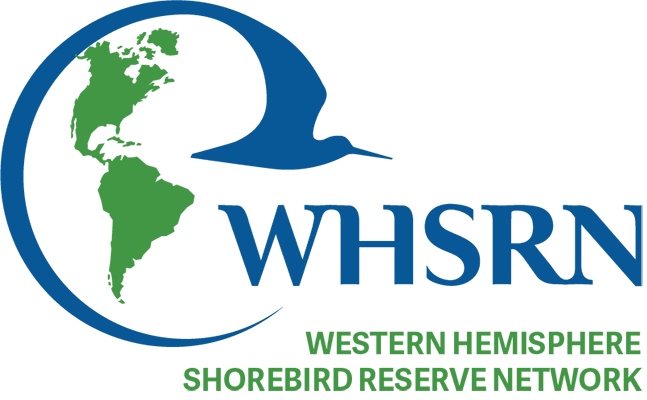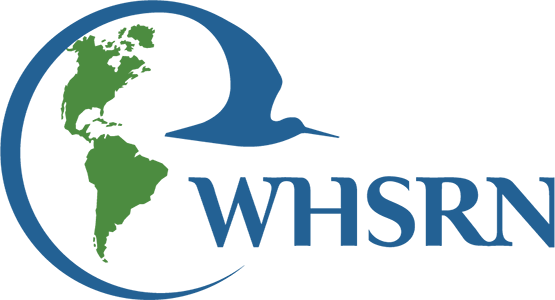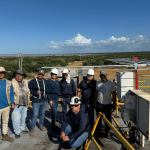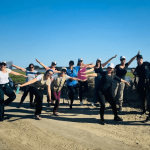This year’s World Wetlands Day highlights the theme “Protecting Wetlands for Our Common Future,” emphasizing how wetlands are critical for biodiversity, climate resilience, and human well-being. To celebrate, we showcase two WHSRN sites that connect biodiversity, community, and conservation, answering key questions about their role in building a sustainable future.

Quill Lakes Waterfowl. Photo: Tourism Saskatchewan
Quill Lakes, Saskatchewan, Canada
A WHSRN Site of International Importance since 1994, the Quill Lakes wetland complex is a crucial stopover for migratory shorebirds, supporting over 100,000 birds annually, including 5% of the world population of Piping Plovers (Charadrius melodus).
This wetland also serves as a Ramsar Wetland of International Significance, providing habitat to diverse wildlife while offering ecosystem services that benefit local communities. Its conservation highlights how protecting wetlands ensures a future for both nature and people.
We interviewed Charles “Chuck” Deschamps from Ducks Unlimited Canada.
How does your WHSRN site contribute to the well-being of local communities?
The designation of the Quill Lakes as a WHSRN site spurred public interest and pride among local towns. Three towns partnered to create the Quill Lakes International Birding Area, featuring trails, viewing towers, two nature centers, and a large Interpretive Centre. The Spring Shorebird Festival became a beloved local event, attracting school groups, locals, and tourists. Town murals celebrating shorebirds further strengthened community identity.
How do you engage local communities in understanding and supporting the protection of this wetland?
Ducks Unlimited Canada (DUC) has collaborated with local farmers and ranchers for decades to conserve the Quill Lakes and wetlands. Through the Quill Lakes International Birding Area, DUC has fostered recreation and tourism opportunities while hosting community fundraisers to celebrate and support conservation efforts.

Archive photos of Quill Lakes. Photo: Charles Deschapms
Are there any specific cultural or economic activities tied to this wetland?
Historically, First Nations people and Europeans harvested feathers and waterfowl from the lakes. During World War II, the area housed a gunnery school. Today, the lakes support economic activities such as waterfowl hunting, guided tours, and potash mining by Compass Minerals. The site’s high salinity enables it to be Canada’s largest sulfate of potash producer.
What conservation actions are being implemented at your site to protect the wetland?
DUC has enhanced over 56,000 acres of wetlands, installed dams, and conserved over 20,000 acres of pasture with rotational grazing programs. They also manage 4,000 acres of native prairie grasslands, ensuring long-term ecosystem health and biodiversity.
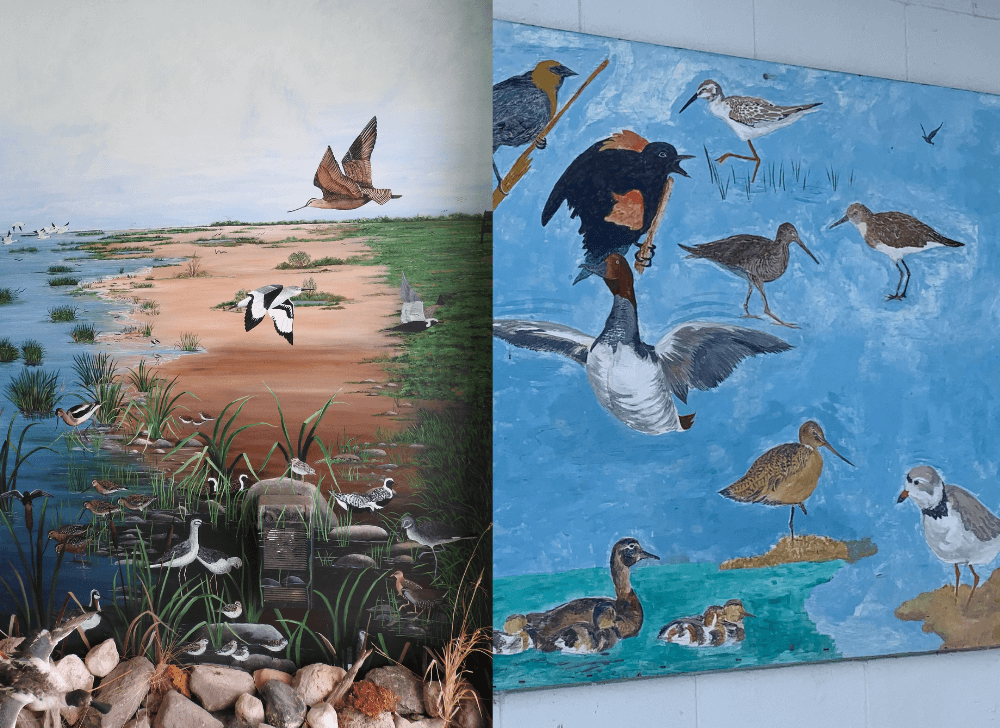
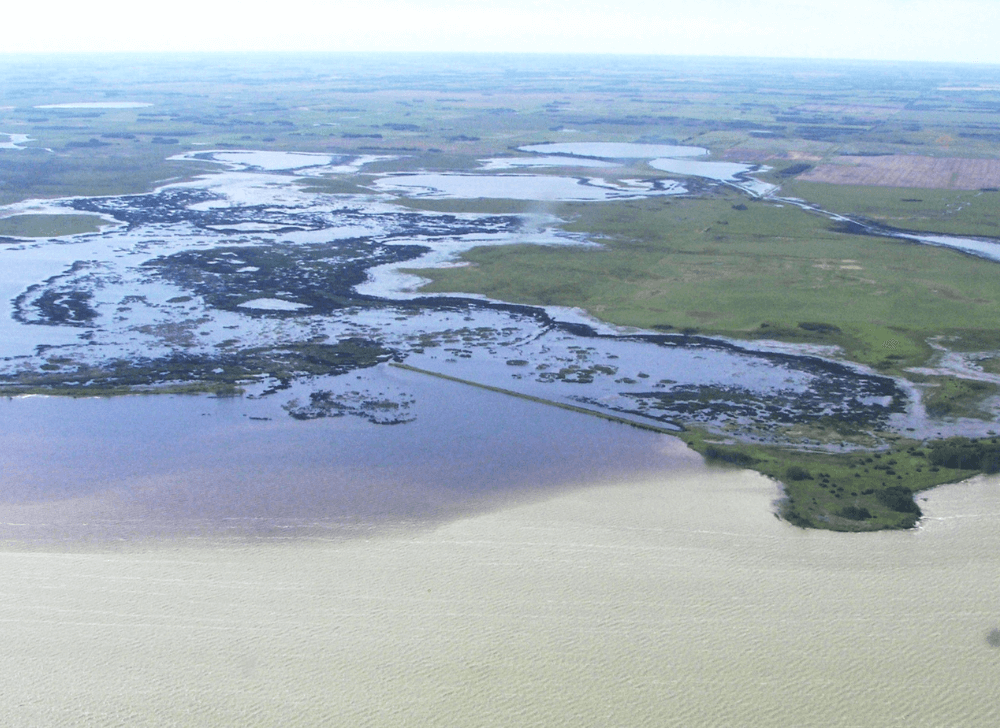
Left: Murals portraying the wetlands and waterbirds of Quill Lakes. Right: Aerial view of Quill Lakes. Photos: Charles Deschamps.
Estuario de Virrilá, Peru
Located in the Sechura Desert ecoregion, the Estuario de Virrilá is a WHSRN Site of Regional Importance that regularly supports over 20,000 shorebirds. It is particularly vital for the globally Near Threatened Snowy Plover (Charadrius nivosus), along with Whimbrel (Numenius phaeopus) and Sanderling (Calidris alba).
The estuary’s unique ecosystem—comprising sand and mud beaches, shallow waters, and halophytic vegetation—provides a critical habitat for biodiversity while supporting sustainable livelihoods through fishing, aquaculture, and agriculture. By protecting this wetland, we secure essential habitat for migratory shorebirds and foster sustainable development and resilience in the region.
Speaking on behalf of local partners, Frank Suarez shared his insights with us.
Can you share any successful cases where community participation has helped conserve the wetland?
Yes, there is a particular case where the private company Cementos Pacasmayo, which held a non-metallic mining concession, ceded its space to support the process of creating the Environmental Conservation Area (ACA for its Spanish acronym). Currently, they serve as the technical secretaries of the Ramsar Site and support activities related to the implementation of the participatory Management Plan, including the establishment of volunteer park rangers, environmental education, and cleanup campaigns.
Regarding associations, the women artisans of Sechura have obtained legal status to produce crafts using calcareous remains (shells, valves, snails), which are used to create home decorations.
Additionally, they have been developing entrepreneurship initiatives based on tourism, specifically nature tourism, gastronomy, and sport fishing. Three associations in the Province of Sechura use the landscape of the Virrilá Estuary to offer their services.
Finally, since 2014, a migratory shorebird monitoring program has been implemented, led by Point Blue, Asociación Calidris, and in Peru by CORBIDI This initiative involves volunteer park rangers, students, and young people in collecting data on migratory birds in the Virrilá Estuary.


The Estuario de Virrilá provides a critical habitat for biodiversity while supporting sustainable livelihoods through fishing, aquaculture, and agriculture.
What actions are planned for participatory management to ensure the conservation and sustainable use of the site?
The participatory management plan includes activities for monitoring, surveillance, and controlling activities that may affect the site. Additionally, it seeks to strengthen entrepreneurship based on the sustainable use of landscape resources, artisanal fishing, brand development, and the utilization of dry forest products such as algarrobina and honey. It also aims to establish a market for the products and services of the site.
What conservation actions are being carried out at your site to protect the wetland?
In 2015, the Provincial Municipality of Sechura recognized the Virrilá Estuary as an Environmental Conservation Area. Later, in 2017, it was designated as the 101st site of the Western Hemisphere Shorebird Reserve Network, and in 2021, it was recognized as a Ramsar Site.
Since its designation as an ACA, a management committee was formed with key stakeholders involved in the estuary. Now, as a Ramsar Site, the management committee has been strengthened, and a Participatory Management Plan has been established, valid until 2027. Each stakeholder is committed to carrying out activities within their area of expertise, such as surveillance, research, innovation, and environmental education.

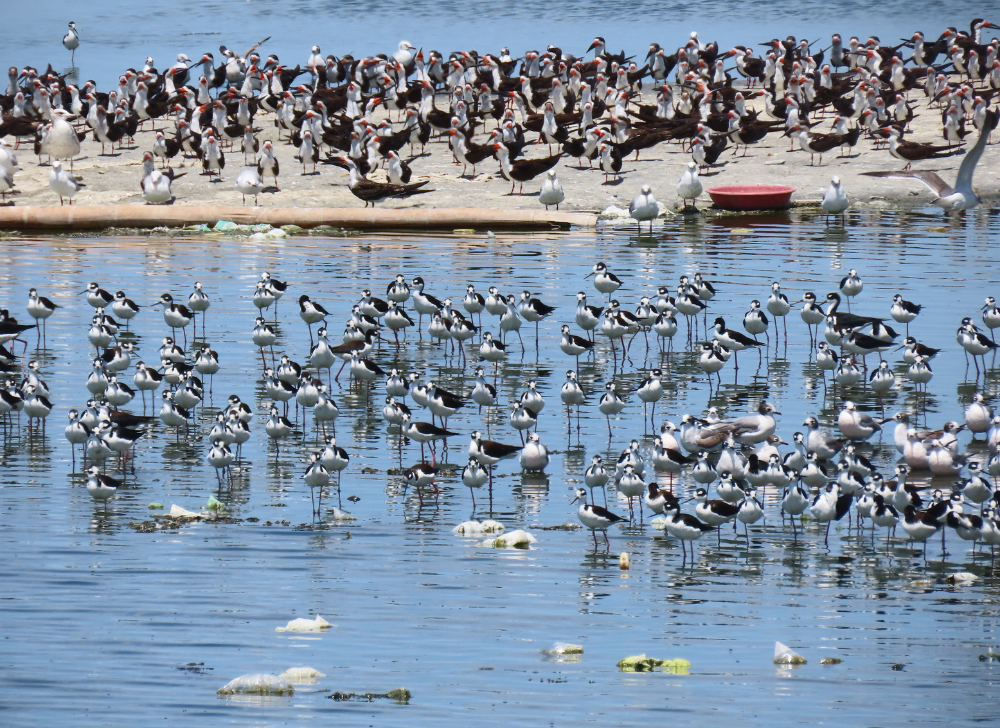
Shorebirds at Estuario de Virrilá. Photos: Frank Suarez
Wetlands: A Common Future for All
World Wetlands Day 2025 is a call to action to protect these invaluable ecosystems. Wetlands contribute to biodiversity, community well-being, and climate resilience, ensuring a sustainable future for nature and people.
Join us this February 2nd to celebrate wetlands and their role in safeguarding our common future!
Cover Photo: Sanderling. Photo: Ryan Schain


